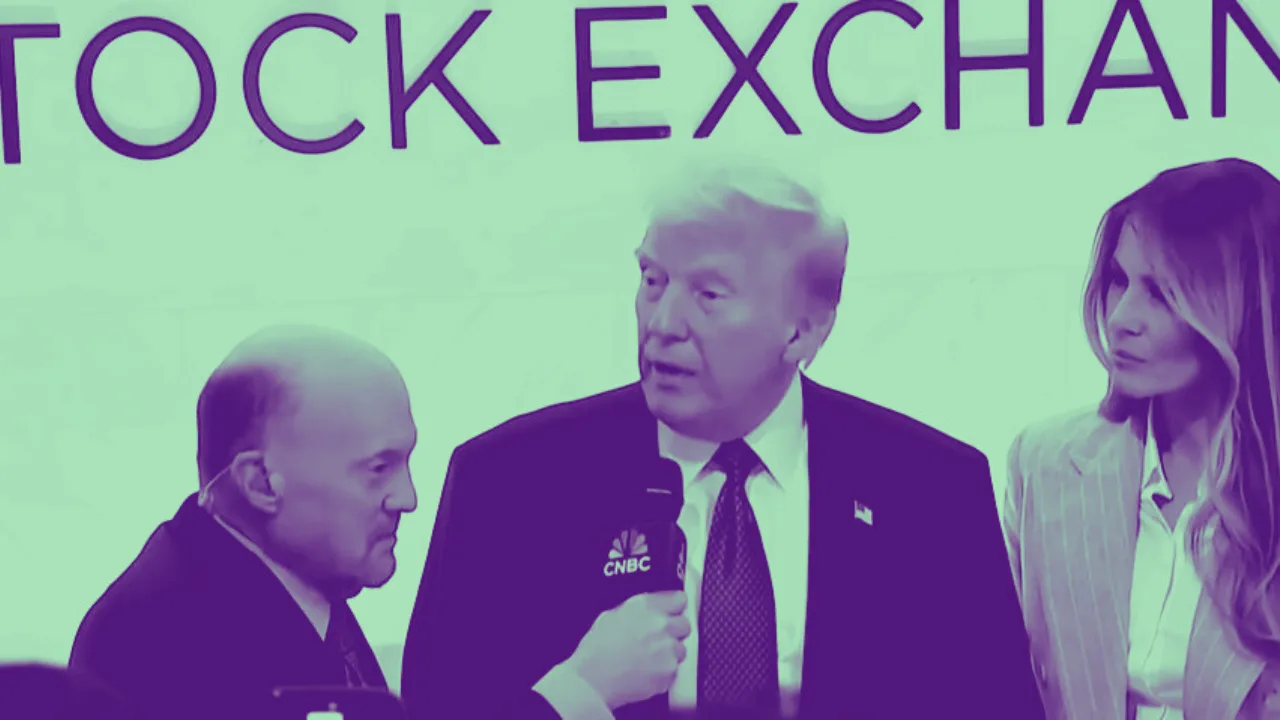In my first article, we discussed time and, more importantly, the value of time, because when you understand the value of time, you can’t help but use it differently.
We all have heard that “a fool and his money are soon parted.” The world of investing is an entire ecosystem developed around separating the undereducated from their money. As Honest Abe said, “If you think education is expensive, try estimating the cost of ignorance.” This is why you must first invest your time in learning about an investment before you invest a single dollar.
If you can’t answer these questions, I would not begin investing:
- Why should I invest in this investment?
- How does the investment work?
- How has this investment performed historically?
- What market conditions are positive (negative) for this investment?
- Which are the key indicators you should monitor? What does an investment cycle look like?
- What are the risks and risk levels?
- How does this investment fit into my wealth plan?
- What are my goals and timeline?
- How do make money in an up AND down cycle?
- Have I spent ample time learning about this investment?
Any question you can’t answer or clearly explain to a non-investor becomes an area in which you need to invest more time learning. Sadly, most people spend more time each month looking over menus for food than they do on their financial education.
When you don’t invest time in learning, you expose your hard-earned money to unnecessary risk. An investment in your education offers you an infinite return on your time and only increases your chances for success. Investing your time before money leads to better investment decisions as a result of the knowledge and skills acquired. The quality of your knowledge only improves the quality of your decisions. To quote Robert T. Kiyosaki, “If the investor is uneducated, anything he or she invests in will be risky. So it’s not the investment that is risky. It’s the investor.”
When you truly learn the value of your time and invest your time learning about an asset, a shift starts to occur: a shift from having more time than money to having more money than time because time stops being a floating abstraction or concept and becomes a tangible asset you choose to spend like currency.
Let’s say your car needs new brakes. You could either spend four hours changing your brakes and save a few dollars or pay a few hundred dollars at a repair shop. All things being equal, I will gladly pay for the service because I have a clear understanding of its value on my time.
The way I use (“spend”) my time allows me to have more money than time. The time I save can be invested in my education, which provides me with more opportunities to make more money. That four hours could be spent developing content for my YouTube channel or writing this article, all of which generate income. What I could save monetarily by doing my brakes in the short term is dwarfed by the earning potential time spent investing in my education or business. Alternatively, that time could be spent with family or loved ones, which can never be quantified in dollars and cents.
Going forward, I want you to forget all the cute sayings about time. Time is not on your side; it is an asset or liability depending on what you do with it. Time means nothing until you place a value on it. Investing time, specifically in your education, before investing money provides you with the greatest investment return possible. The moment you value and effectively use your time, you quickly learn that you indeed have more money than time.
To learn more about the stock market check out “Stock Market for Beginners” section.





